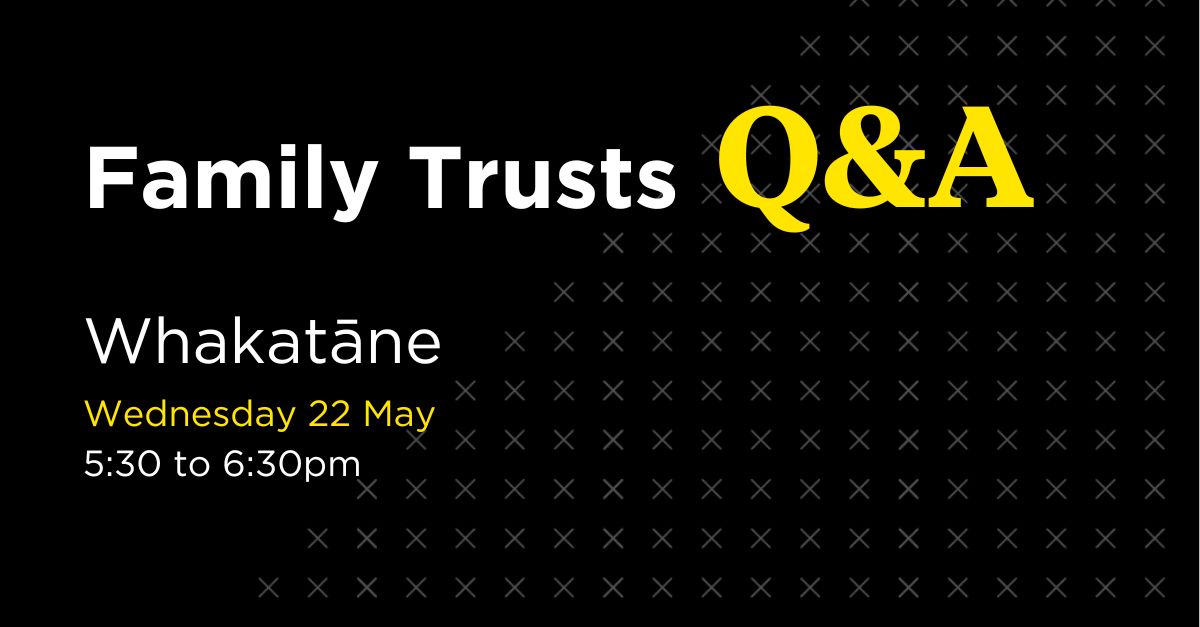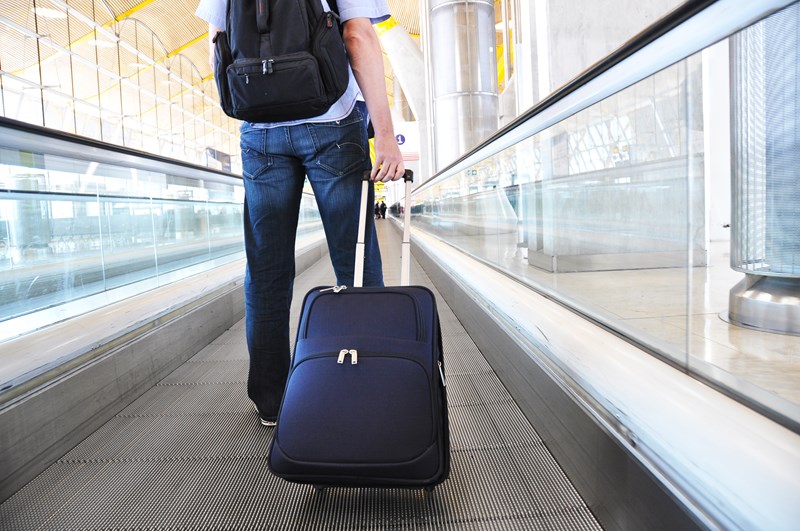These FAQs are based on the current Government and Ministry of Health Guidelines correct as of 30 March 2020. Due to the fluid situation with COVID-19, these FAQs are designed to be a general guide, and employers should take specific legal advice.
1. Do I have to pay employees during the alert level 4 period?
The escalation of New Zealand’s alert level from 2 to 3, and subsequently to 4 from 11:59pm on Wednesday 25 March 2020, means that all businesses (unless they qualify as an essential service under the attached list or lifeline utilities) must not have their employees working on site. People are instructed to stay at home and stop any interactions with others outside of those in their household.
Where employees can work remotely, they should be paid as usual, with the wage subsidy available as necessary.
Where remote work is not possible, this creates an issue of the employer being unable to offer work to the employee and the employee not being able to accept work. In this case we recommend seeking the Covid-19 wage subsidy, and to provide a paid ‘top up’ to at least 80% of the employee’s normal pay ( if this is reasonably able to be paid given the circumstances of your business see further details below). If this is not possible, the wage subsidy only is able to be paid. See below for details.
If making an employer provided top-up to the wage subsidy is not an option (for example if the 30% impact threshold cannot be met), the below options can also be considered:
- Offer the employee access to leave entitlements (see below – this cannot be forced on employees);
- Offer paid ‘special leave’ (this is encouraged, but not compulsory);
- Agree to the employee taking unpaid leave and leave the role open;
- Agree to a reduction in hours or pay;
- Have the employee conduct online study or another alternative task not related to their role; or
- Restructuring/disestablishing the role, where justified and after proper process.Restructures should be approached carefully, and employers should take specialist advice to minimise risk. Beware of rushed or ill-considered processes, or opportunistic selections. Consider all options first.
2. Can I require employees to take annual leave or other paid leave entitlements?
In some circumstances, employers can require employees to use annual leave entitlements. Consultation is required. If agreement cannot be reached on the time for taking leave, the employee may be required to do so on 14 days’ notice. Annual leave must be paid at the employee’s contracted rate of pay. We recommend seeking advice before doing so.
Other than as above, employers cannot ‘force’ employees to use their annual leave. We recommend consulting with employees and recording agreements in writing regarding leave. If the wage subsidy is available, we would recommend taking this approach and not forcing employees to take leave.
An absence from work due to business closure is not ‘sick leave’. However, this could be accessed on a discretionary basis (technically they would not be entitled to this unless they are genuinely unwell).
Other leave may be available to be accessed, including time in lieu and discretionary leave. Whether the employer can require the employee to take these will depend on the terms of the leave entitlement itself.
3. Can I reduce an employee’s pay or hours during the closedown period?
You may only reduce an employee’s hours and pay if the employee agrees to the reduction. Consultation is necessary, with best chance of agreement being reached if the employer is constructive in explaining why this is sought. It also helps if a definite timeframe for the reduction is set out.
If agreement is not able to be reached, then a restructure may be necessary impacting one or more roles depending on the circumstances.
Note that the above is not required if the wage subsidy is able to be accessed and employees this alone is passed on.
4. My business is considered an essential service/lifeline utility. Do I have to pay employees who do not want to come into work?
If the business is not required to close due to it being an essential service or lifeline utility provider, employees may be required to attend work if necessary, for operations. However, health and safety is paramount. The employer must ensure that alternative ways of working are adopted to ensure the safety of employees including shift working, social spacing, staggered meal breaks and the like. Consultation on these changes to work is encouraged.
If an employee is required to attend work, but refuses, the employer should consult to understand the reasons for refusal and will need to assess whether the refusal is reasonable. If an employee is considered ‘vulnerable’ then they shouldn’t be required to attend work.
If agreement cannot be reached, the employer may direct the employee to attend work, and if the employee refuses, cease paying the employee (and may take disciplinary action as a result of the failure to follow a reasonable directive). This should be a last resort. With good consultation, the reason for refusal may be worked through and resolved, and agreements reached.
Issues may arise for essential businesses, where the wage subsidy is unavailable, in what to do with such employees, and whether they can/should be paid if they don’t wish to work (but are not incapable of doing so).
5. What is the COVID-19 Wage Subsidy and how can this help my business?
The COVID-19 Wage Subsidy is available to all employers, sole traders, self-employed people or contractors who meet the following criteria:
- Is registered and operating in New Zealand;
- Has employees legally working in New Zealand;
- Has experienced a 30% decline in actual or predicted revenue compared to the same period last year and that decline can be attributed to COVID-19; and
- Has taken active steps to mitigate the impact of COVID-19.
When the Subsidy was originally implemented, it was done so on the basis that the employer undertook to take ‘best endeavours’ to:
- Pay employees a top up to at least 80% of their usual pay; and
- Keep the employment of employees receiving the wage subsidy on foot.
The above would imply that there would be circumstances where an employee was paid less than the 80% or the employee’s employment was terminated during the wage subsidy 12 week period.
The original scheme capped the amount an employer could claim at $150,000. This has since been removed and any employer who was initially impacted by this cap can reapply.
On 27 March 2020 the Government announced changes to the wage subsidy, which take place from 4pm that day. The Covid-19 leave subsidy is now ‘wrapped into’ the wage subsidy. The employer undertakings now require that the employer:
- Make ‘best endeavours’ to pay the top up to 80% of the employee’s usual pay; and
- Must keep the employment open for all employees where a wage subsidy has been granted.
It was also made clear that, if it was not possible to provide the employer ‘top up’, an employer can simply pass on the wage subsidy with the role remaining open. This was justified as allowing the employer time to assess the situation and determine what, if any, action is required in respect of its employees.
Additional clarification has been provided by the Government regarding the subsidy, including:
- Confirming that that receipt of the wage subsidy does not override employer’s existing obligations under the Employment Relations Act 2000, for example the duty of good faith and requirement to be active and constructive in the employment relationship and communicative in relation to the employment;
- Employers cannot change employee’s conditions of employment, including to rates of pay, hours of work, or leave entitlements without consultation with and written agreement of the employee;
- Employers may not unlawfully compel or require any employee to use their leave entitlement while they receive the wage subsidy; and
- The wage subsidy is only to be used for the purposes of meeting your named employees’ ordinary wages and salary. If an employee’s actual pay is less than the subsidy (eg. the employee is part time and earns less than $350 per week) you can pay the employee’s ordinary pay and use the remaining balance to subsidise other impacted employees.
The Government has also announced that employers must discuss the application for the wage subsidy with their employees and gain their consent to information sharing with the Ministry of Social Development. Where possible, this consent should be in writing.
The wage subsidy is a lump sum payment for 12 weeks. It is $585.80 per week for employees who work 20 hours or more per week, and $350 per week for employees who work less than 20 hours per week.
Repayment obligations will apply if employers:
- Fail to meet any of the above obligations about how the wage subsidy must be used (eg. do not pass on to employee costs); or
- Employers were not, or stop, being eligible for the subsidy; or
- Provide false or misleading information in an application; or
- Receive insurance such as business interruption insurance for any costs covered by the subsidy.
We note that the subsidy is provided in a ‘high trust’ environment and we are receiving feedback that payments are made very quickly – even overnight. It remains to be seen how many questions will be raised later around eligibility.
The purpose of the wage subsidy is to ensure that employees are retained in employment and provide essentially a universal basic income for employees.
6. What is the COVID Leave Payment and when can I apply for this?
The COVID leave payment has been folded into the wage subsidy scheme.
Specific provisions for employees working in essential services who require sick leave for COVID-19 are anticipated to be announced later this week.
7. What are my general obligations to employees during any business closure?
Despite the economic pressures and constraints, employers are still required to comply with their obligations under the Employment Relations Act 2000, and do the following:
- Ensuring employees are kept informed and consulted in relation to any proposed decision that may impact their employment, and continue to deal with employees in good faith;
- Stay up to date with the COVID-19 response package and Ministry of Health Guidelines;
- If still operating, implement appropriate adjustments to the workplace and way of working i.e. social distancing, split shifts, encouraging proper hygiene, working from home where possible; and
- Ensuring employees feel supported and informed in this stressful time, and offer access to services such as EAP (remotely) where available/ appropriate.
*Guidelines for self-isolation:
- You arrived in New Zealand after 1:00 am on Monday 16 March from any country (except those listed on the countries and areas of concern under Category 2) you will need to self-isolate for 14 days.
- People who have recently travelled from Category 2 countries and territories should be aware of the COVID-19 symptoms. You do not have to self-isolate if you are well. Anyone who develops symptoms within 14 days of departing the Category 2 country and territory should contact Healthline (0800 358 5453).
- You arrived in New Zealand before 1:00 am on Monday 16 March from China, Iran, Italy or South Korea you need to self-isolate for 14 days from the day you left that country.
- You have been in close contact with someone confirmed with COVID-19 you will need to self-isolate for 14 days from the date of contact.
For further comment please contact:
Christie Goodspeed – Partner
Mobile: 021 084 14220
Email: christie.goodspeed@hobec.co.nz



